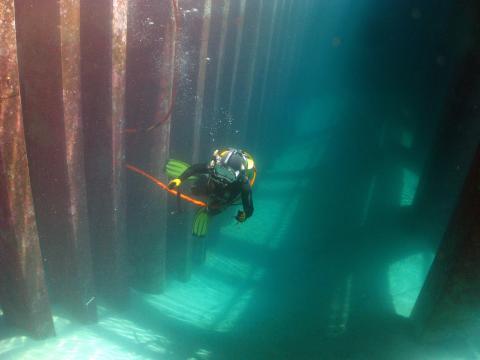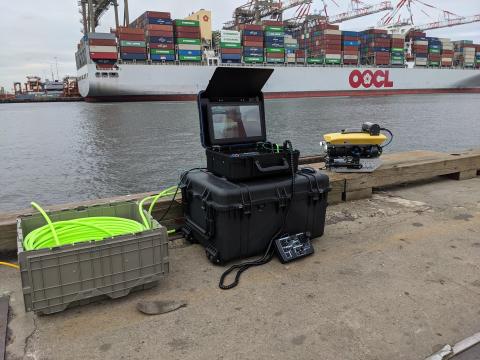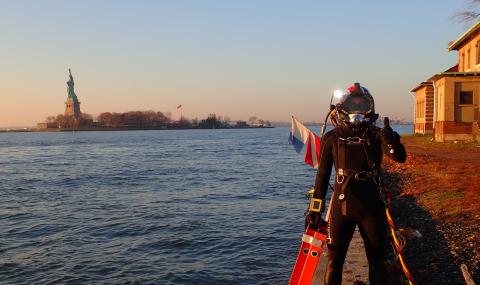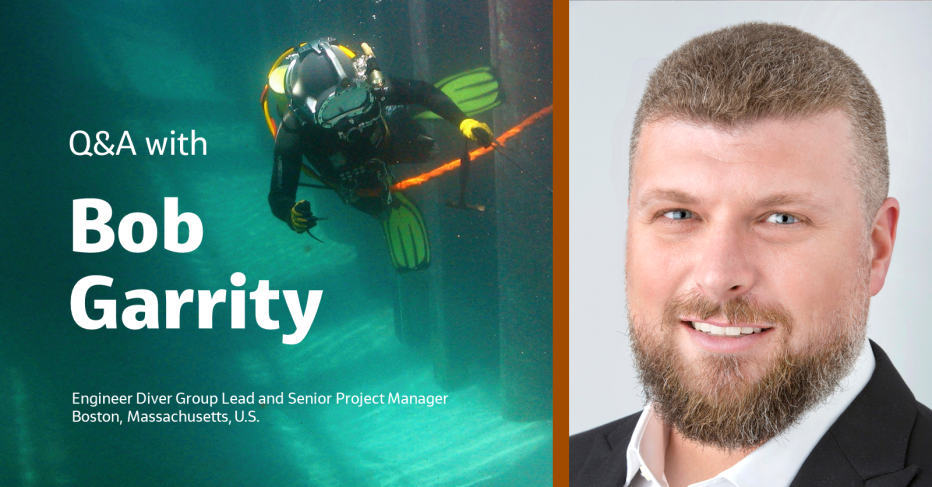
Would you rather work in an office or under the sea? We met with Robert Garrity, or Bob for short, to get his take.
Bob has more than 20 years of underwater engineering experience, bringing unique technical expertise to many of our waterfront projects and programs. As the Engineer Diver Group (EDG) Lead, he oversees multiple large-scale waterfront inspection projects, though he never breaks a sweat since he’s underwater.
We sat down with Bob to discuss his love of engineer diving, the ocean and his team:
Tell us a little bit about yourself and your career with Jacobs so far.
Growing up, I basically lived on the water during the summers. When I was young, I was on the swim team, a boating and swimming instructor, and worked at a marina performing boat repairs. I even became a recreationally-certified diver well before finishing high school. I studied civil engineering in college but didn't realize that an engineer diver was an option until I put my resume in the university career center. A company specializing in waterfront structural engineering reached out to me, and the rest is history.
I joined Jacobs' Ports & Maritime practice in 2010, having already worked in this specialized industry for 12 years, and I am currently serving as the Engineer Diver Group Lead and Senior Project Manager. I'm proud to work with a very talented team that comes together to serve both public and private clients worldwide. Learning about this specialty is the best thing that could have happened to me. It brought together my love of engineering and my passion for the open water.
What is a "typical" day like for your team members?
What is great about being an engineer diver is that there isn't a "typical" day. One day you could be overseeing the installation of timber pile repairs at an oil terminal in Boston. The next, you are on a flight to a small island in the Indian Ocean to inspect a submarine berth for the U.S. Navy. Given the highly variable nature of the work, preparation is key to a safe and successful dive inspection.
One of the unique aspects of our role is that we get to see many projects from inception to completion. We are constantly interacting with clients throughout the lifecycle of their assets and building strong relationships. We provide the initial assessment, design, construction services and then follow up with routine inspections for years after. We can get calls for emergency inspections after a storm event or a vessel collision where a quick assessment is needed. Still, we end up staying with the project through the design of temporary stabilization repairs and long-term rehabilitation.
It is gratifying to see your designs come to life and know that they are an integral part of the infrastructure that is critical to our society.
“When you look up from the bottom, you can see the light filtering through the water, and your breathing even seems to match the ebb and flow of the waves. Those days when everything is perfect outweigh all the challenges and remind you why you love this work.”
What is your favorite part of being an engineer diver?
I love problem-solving, so I became an engineer, but my favorite part is the team's camaraderie. During these projects, you work with small groups and can be overseas together for months. Since we are such a small, specialized team, you get to know everyone and genuinely rely on one another. We are a very close-knit and high-functioning team.
What are some challenges of working underwater?
Many challenges surround our work. There can be heavy currents, limited visibility and extreme temperatures. We occasionally need to cut a hole in the ice just to get to work. Other times we are diving in the Middle East, and the water is over 100 degrees Fahrenheit. Visibility can be minimal, and on most days, we can hardly see more than a few feet. Occasionally, turbidity in the water is so high that we can't even see our fingers directly in front of the face plate. These days when we are blind in the water, we need to depend on our sense of touch, literally feeling every square inch of the structure in our search for defects.
While some days the conditions can be difficult, there are also days when everything just clicks. You are gliding through the water, and you feel in sync with everything around you. When you look up from the bottom, you can see the light filtering through the water, and your breathing even seems to match the ebb and flow of the waves. Those days when everything is perfect outweigh all the challenges and remind you why you love this work.
Can you share an interesting project story?
While I was working on a project in Japan, we were in an area where they built some of the world's largest tanker ships. It looks like a typical heavy industrial waterfront on the surface, the kind of place you would think, "I would never swim here." As you descend into the water, it changes. The structure is well over 100 years old and consists of hand-shaped stones that interlink, creating these gothic-style arches to support a relieving platform. It looked like an underwater cathedral. There were white sea squirts on the ceiling swaying with the current, orange and yellow corals stretching off the walls, and brown and red starfish everywhere you looked. It was beautiful. That is an experience that will always stick with me. It is incredible what you might find underwater.
How have sustainability and resiliency played a part in your work?
For both the Engineering Diving Group and the entire Jacobs Ports & Maritime community of practice, sustainability and resiliency are at the forefront of our work every day. We continue to endeavor to overcome the mounting challenges of coastal flooding from sea-level rise and increasingly frequent and powerful storm events.
As the premier Ports & Maritime firm, we’re a world leader in waterfront resiliency, which has given the EDG opportunities to support numerous important resiliency programs, including East Side Coastal Resiliency in New York City. "What is out of sight is out of mind" is unfortunately too often the case with underwater structures. The need for a resilient waterfront has brought much-needed attention to the types of assets most at risk from climate change. Upgrading historic structures is particularly challenging as you must find innovative and cost-effective solutions to provide the elevation changes needed to counter sea-level rise.
On the sustainability front, we partner with our in-house scientific divers and our in-house munitions response divers to support the NAVY -CLEAN (comprehensive long-term environmental action navy) program. Our team has recently grown our presence in the offshore wind market, supporting the design of onshore support facilities, marshaling ports and manufacturing facilities at sites. We are also working with the munitions diving team with a specific focus on pre-installation surveys of subsea cables for offshore wind farms.
What is a unique service people might not realize the diving team provides?
Recently, we acquired an underwater remote-operated vehicle (ROV) that allows us to assess structures in hazardous conditions without endangering our divers. For example, if a client asks us to evaluate a partially-collapsed structure, we can bring the ROV out and send it under in place of one of our team members. It allows us to make sure the environment is stable and that the situation is safe. The ROV can also assist with penetration dives, where we send divers into an area without direct access to the surface, think: a confined space below water. Typically, these dives require a five or six-person team and can be very costly. Other uses include areas with contaminated water or sediments, like at a wastewater treatment plant or in very deep water. We can use the ROV to do the preliminary assessment to see if we need to send divers in. With this technology, we can perform the project quicker, safer and more cost-effectively. However, there are limits to what we can ascertain from an ROV inspection instead of having a diver in person. The benefits we can provide clients and our team's safety are immense.
Another thing people might not realize is that we use drones for above-water inspection on many of our projects. Our dive supervisors are certified Federal Aviation Administration (FAA) Part 107 UAV pilots and use our in-house drones to access places we can't get to or see very well. This is another measure to keep us safe and allow us to collect more high-value data at the site.
What makes you excited about the future of engineer diving?
There have been many advances in the materials we use, such as concrete admixtures, metal alloys and carbon fiber composites. The marine environment can be particularly unforgiving, and these advances make a considerable difference in the expected lifespan of repairs. It's been exciting to integrate new technology into our designs and see how they hold up over time.
Looking a little further down the line, I would also love to see if we can implement artificial intelligence (AI) into our asset management program. Many of the structures we inspect have hundreds or thousands of individual structural elements supporting them, and our inspection data frequently includes tens of thousands of unique data points. AI is exceptionally well suited to data processing, and leveraging that capability to predict remaining service life and life cycle costs could be a massive innovation for our industry.
What is your favorite part of being on the #OurJacobs team?
That's an easy one. I love the diversity of our team, both culturally and the range of expertise that is available. Across the whole company, we have a fantastic array of employees that are always willing to help no matter the challenge. It is a great network to tap into and can be game-changing for your client relationship. With the depth of expertise Jacobs has assembled, it feels like there isn't a single problem we can't solve.
Get to know the diving team
Did you know that Jacobs has more than four decades of diving experience and offers a full suite of diving services for our clients?
Jacobs was one of the first engineering firms to establish in-house diving services. From its inauguration in the 1980s in the New York area, our diving team has grown into one of the largest and most experienced in the U.S. Our divers offer experience in marine engineering (think: underwater inspection and underwater construction), scientific diving (think: marine biology, oceanography, geology, hydrology and chemistry assessments and support), and munitions response (think: identifying and developing solutions to remediate unexploded ordnance.)
Our three specialized in-house dive groups provide a variety of services to many clients around the globe with over 35 Association of Diving Contractors International (ADCI), Navy Diving and Explosive Ordnance Disposal Schools, or American Academy of Underwater Sciences (AAUS) certified divers on staff. This vast array of knowledge, experience and personnel gives Jacobs the capacity to simultaneously field multiple dive teams as well as the ability to integrate specialized diving disciplines to solve complex problems for our clients.
About the interviewee
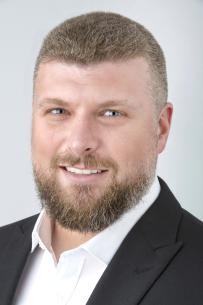
Engineer Diver Group Lead Robert Garrity, or Bob for short, currently manages a worldwide team and portfolio of projects across the globe. After graduation, his love of swimming, diving and the ocean led him to learn about waterfront structural engineering. He says this career is a perfect blend of engineering and doing what he loves.
You might be interested in...
-
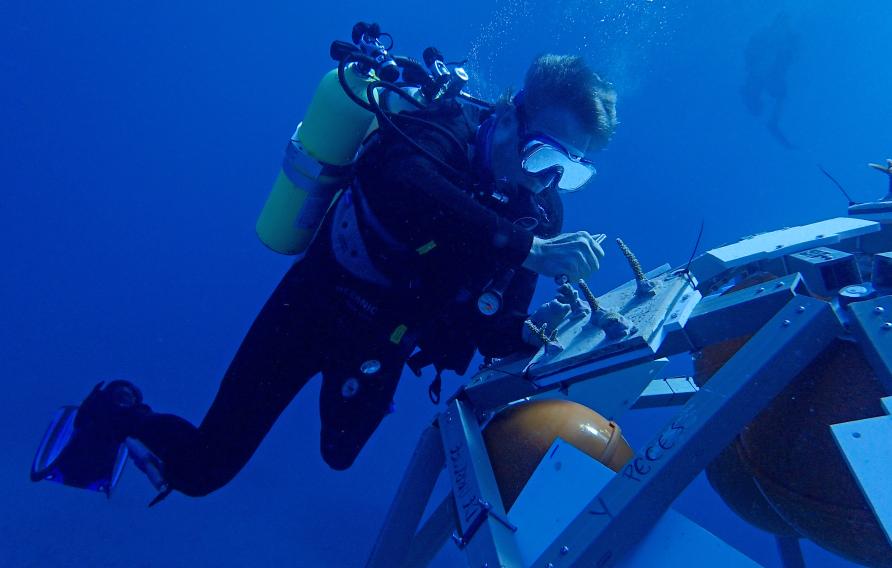 News
NewsBuilding a Better Reef – the Coral Arks Story
Our professional divers work on the coolest projects. What if we told you that we’re helping to preserve and restore corals and other reef ecology in the waters off Vieques, Puerto Rico using innovative, synthetic mini-reefs referred to as “Coral Arks”?
-
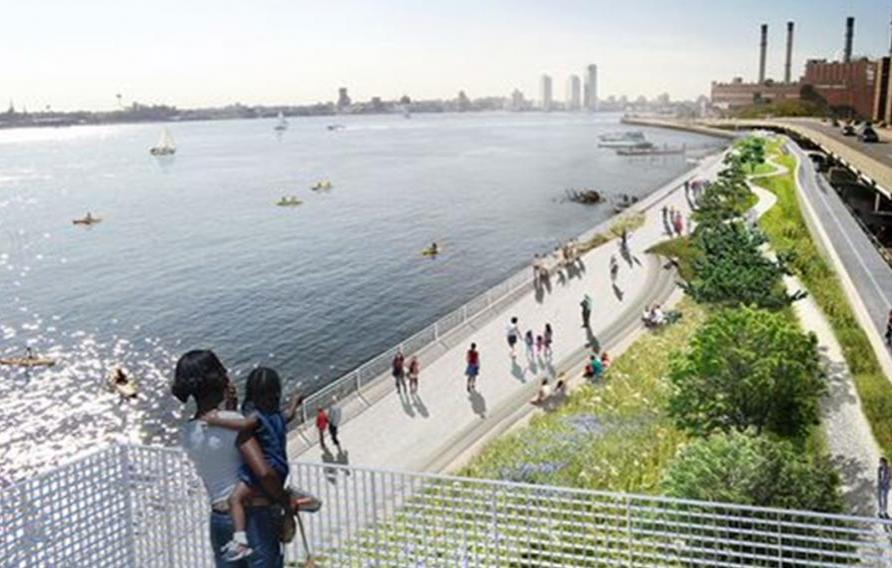 Showcase
ShowcaseEast Side Coastal Resiliency, New York
East Side Coastal Resiliency (ESCR), conceptually developed during Rebuild by Design after Superstorm Sandy, is the first segment of a 10-mile flood protection system that extends around lower Manhattan, referred to as the “Big U.”
-
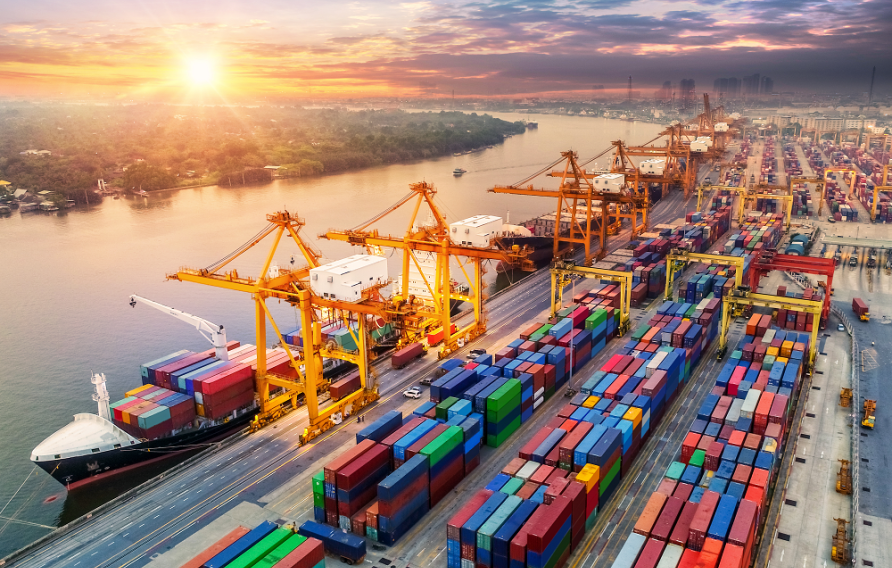 Page
PagePorts & Maritime Solutions
Jacobs provides value-added consulting, planning and engineering services through the long-term, trusted relationships we’ve formed with clients around the globe, including port authorities, government agencies, private developers, cargo terminal and cruise operators as well as some of the world’s leading naval forces.
Join #OurJacobs team
What drives you drives us as we work to build a better world – together. At Jacobs, every day is an opportunity to make the world better, more connected, more sustainable.
We’re always looking for dynamic and engaged people to join our team. Bring your passion, your ingenuity and your vision.














































